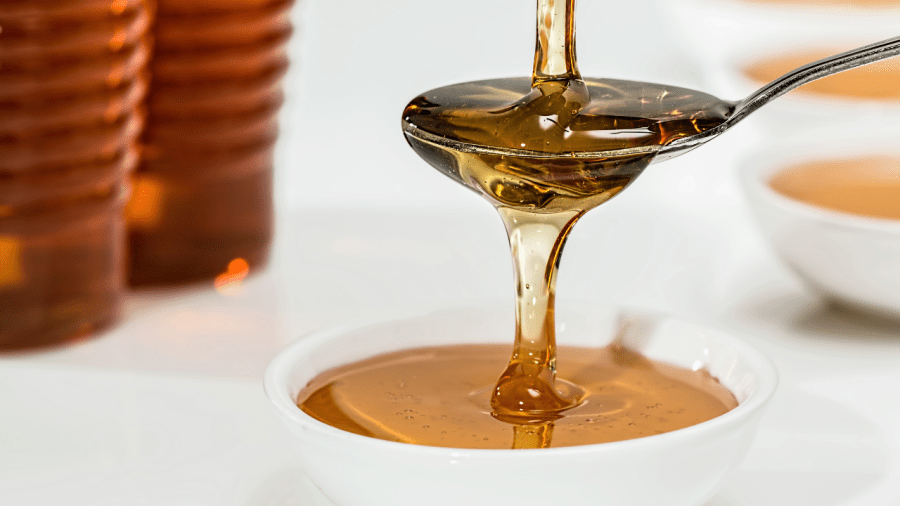Honey is a natural sweetener that has been used in cooking for centuries. It is a great substitute for sugar in baked goods and also adds natural sweetness and complexity to savory dishes. Honey’s nutritional value includes antioxidants, enzymes, vitamins, and minerals, but it should be consumed in moderation due to its high sugar content. In addition to its nutritional value, honey has antibacterial and anti-inflammatory properties and can help soothe sore throats and coughs. Honey is a versatile ingredient that can be used in a variety of dishes, and it is a delicious and healthy addition to any cook’s pantry.
Introduction
Honey is a versatile ingredient that has been used in cooking for centuries. It is a natural sweetener that can add flavor and complexity to a wide variety of dishes. But did you know that honey can also be used in savory dishes? In this article, we’ll explore the many uses of honey in cooking, both sweet and savory. We’ll also discuss the nutritional value of honey and its health benefits.
Sweet Uses of Honey
Baking
Honey is a great substitute for sugar in baked goods. It adds a natural sweetness to cakes, cookies, and quick breads, and can also help to keep them moist. Honey’s unique flavor profile makes it a great addition to desserts such as baklava and honey cake.
Drizzled on Fruit
Honey is a natural pairing with fruit, both fresh and cooked. Drizzle honey over sliced peaches, strawberries, or pears for a simple and refreshing dessert. Honey can also be used to create delicious fruit sauces that can be served over ice cream or yogurt.
In Tea or Coffee
Honey is a popular alternative to sugar or artificial sweeteners in hot beverages such as tea or coffee. It adds a touch of sweetness and also helps to balance out the bitterness of the drink. Honey can also be used to make flavored syrups that can be added to coffee drinks for an extra burst of flavor.
Savory Uses of Honey
Marinades and Glazes
Honey’s unique flavor profile makes it a great addition to marinades and glazes for meats and vegetables. It can add sweetness and depth of flavor to dishes such as roasted vegetables or grilled chicken. Honey and soy sauce make a great combination for a sweet and savory glaze for salmon or pork.
In Salad Dressings
Honey can add complexity to salad dressings, balancing out the acidity of vinegar or citrus. It can be used in vinaigrettes, or mixed with mustard and herbs for a creamy dressing. Honey also pairs well with bold flavors such as blue cheese or roasted garlic.
In Sauces and Chutneys
Honey can be used to create a variety of sauces and chutneys, adding sweetness and depth of flavor to savory dishes. A honey-based barbecue sauce can add depth of flavor to grilled meats, while a honey mustard sauce can be used as a dip for chicken fingers or a glaze for roasted vegetables.
Nutritional Value of Honey
Honey is a natural sweetener that is a source of carbohydrates. It also contains antioxidants, enzymes, vitamins, and minerals. One tablespoon of honey contains 64 calories and 17 grams of carbohydrates, but it is important to note that honey should be consumed in moderation due to its high sugar content.
In addition to its nutritional value, honey has been used for its health benefits for centuries. It has antibacterial and anti-inflammatory properties, and has been used to soothe sore throats and coughs. Honey has also been shown to have wound-healing properties.
Conclusion
Honey is a versatile ingredient that can be used in a variety of sweet and savory dishes. Its unique flavor profile adds complexity to dishes, while its nutritional value and health benefits make it a great alternative to refined sugar. Whether drizzled on fruit, used to glaze meats, or mixed into salad dressings, honey is a delicious and healthy addition to any cook’s pantry.
